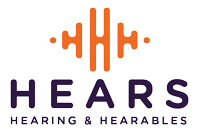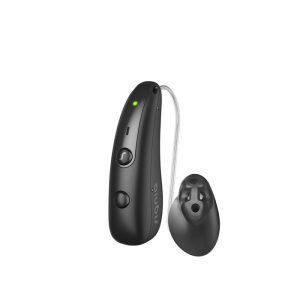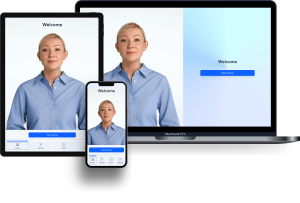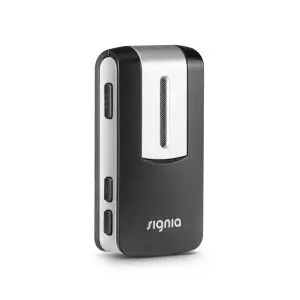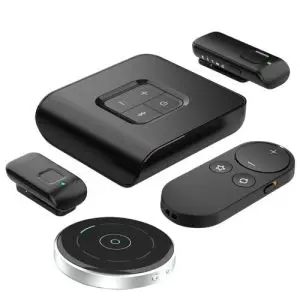Fostering Potential: Exploring Brain Dynamics and the Transformative Influence of Expectations
Welcome to a journey into the intricate workings of the human brain and the fascinating interplay between language acquisition, cognitive expectations, and the challenges faced by individuals who have sensory deprivation, focusing on hearing loss.
A Fascination with the Power of the Brain
I have harbored a longstanding fascination with the intricate workings of the human brain. Recognizing the brain’s pivotal role in orchestrating our actions and functions, I embarked on a doctoral program at the University of Minnesota. With a particular curiosity about the challenges faced by many individuals who are deaf in learning to read.
The concept of expectations serves as a powerful bridge to understanding how contributions contribute to enhanced brain stimulation. When individuals, particularly those with sensory challenges such as deafness, are held to high expectations, it instigates a cognitive demand that acts as a stimulant for the brain. In the context of deaf individuals proficient in American Sign Language (ASL), the expectation of linguistic proficiency creates a mental environment where the brain is consistently engaged in visual-spatial processing, phonological awareness, and cognitive flexibility. This heightened cognitive demand, spurred by the expectation to excel in a visual-gestural language, not only fosters linguistic competence but also stimulates various cognitive regions of the brain. The brain adapts to meet these expectations. Resulting in increased synaptic connections, neural plasticity, and ultimately a more enriched cognitive landscape. Therefore, expectations can be seen as a catalyst for optimizing brain stimulation. Particularly in the context of language acquisition and cognitive challenges.
Expectations in Education for Students with Severe Hearing Loss
Before delving into my academic pursuits, I questioned the notion of the “right” way to educate individuals with hearing impairments with high expectations. Central to this inquiry was the consideration of how one learns the spoken English language when deprived of the auditory nuances crucial for comprehending syntax, prosody, and semantics. While acknowledging the existence of redundant cues aiding communication for those who are deaf, my experience in Florida, working with students with hearing loss in the Hillsborough Public Schools, revealed the complexities faced by individuals with severe to profound hearing loss.
American Sign Language is a Developed Language
Research consistently highlights a positive association between proficiency in American Sign Language (ASL) and strong reading abilities in the deaf community. Deaf individuals who acquire ASL from an early age demonstrate enhanced visual-spatial processing skills. The visual phonological system of ASL contributes to improved orthographic processing. The transfer of linguistic knowledge from ASL to written English, coupled with bilingualism and cognitive flexibility, enhances reading proficiency. The cultural and social context surrounding ASL use fosters a sense of community and identity, promoting engagement in reading activities. Early exposure to ASL and intervention services significantly contribute to laying a strong foundation for literacy development in deaf individuals. In summary, ASL proficiency is a critical factor in supporting the overall literacy skills of deaf individuals. Influencing visual processing, linguistic knowledge transfer, and cultural engagement to enhance reading abilities in written English.
Question: Is Language related to Reading Proficiency:
Upon relocating to Minnesota for my academic journey, my focus shifted toward the exploration of reading theories. Particularly in the context of vision and hearing. Notably, fMRI studies demonstrated that individuals using sign language exhibit brain activation in the hearing cortex. Analogous to the activation observed in the occipital vision lobe of individuals with vision loss who have learned navigation skills.
The intricate relationship between language development and brain activity becomes particularly evident when examining individuals with varying levels of linguistic proficiency. Research consistently demonstrates that those with comprehensive language development exhibit more extensive and nuanced brain activity compared to their counterparts with limited language skills. Advanced language abilities seem to correlate with increased activation in key areas of the brain associated with language processing. Such as Broca’s and Wernicke’s areas. The intricate dance of neural connections in individuals with a well-established language foundation suggests that a richer linguistic repertoire stimulates heightened cognitive engagement. Conversely, those with limited language development may display less pronounced brain activity in these language-related regions. Underscoring the profound impact of language on the neural landscape. This connection between language and brain imaging not only reinforces the critical importance of fostering language skills but also offers a neuroscientific perspective on the cognitive benefits associated with a robust linguistic foundation.
More recently, my attention has turned to the impact of expectations on individual achievements.
A poignant illustration of the expectation phenomenon emerged in a podcast featuring a man born blind. The mans mother’s high expectations and gradual relinquishing of assistance empowered him to navigate the world independently using click-tones.
Drawing parallels between this narrative and the realm of hearing, I am eager to delve into the concept of expectations for those with hearing loss. Analogous to the blind man’s experience, individuals with higher expectations tend to surpass their potential. Even with similar cognitive abilities and disabilities. This blog aims to explore the implications of expectations within the hearing context.
Examining expectations from a product perspective, I posit that individuals with hearing loss should be afforded higher expectations. Mirroring the positive outcomes associated with elevated expectations in other domains. Despite the potential societal inclination to lower expectations for those with more profound hearing loss, I have encountered individuals who have embraced their hearing loss. Adopting strategies, utilizing advanced equipment, and asserting their ADA rights to create inclusive environments.
Behaviors exhibited by high-expectation individuals include maintaining positivity, learning adaptive strategies, and employing cutting-edge technology. Technology such as remote microphones and Bluetooth, to enhance their hearing experience. My aspiration is to instill high expectations within the hearing healthcare system. Emphasizing the value of Hearing Health Care Provider’s time and expertise in improving the lives of individuals with hearing loss.
Higher Hearing Loss Expectations offer Higher Brain Functions
The intricacies of the brain serve as the foundation of this discussion. Emphasizing the necessity of fostering high expectations to unlock one’s full potential. I invite further exploration and discussion on the topic of expectations. Confident that the insights gained can contribute to enhancing the quality of life for individuals with hearing impairments. While there may be associated costs for my time, it is my fervent expectation that the value provided transcends the conventional sale of hearing aids. Thank you for your thoughtful consideration.
Just what makes that little ole ant think he can move a rubber tree plant!
He’s Got High Hopes!
